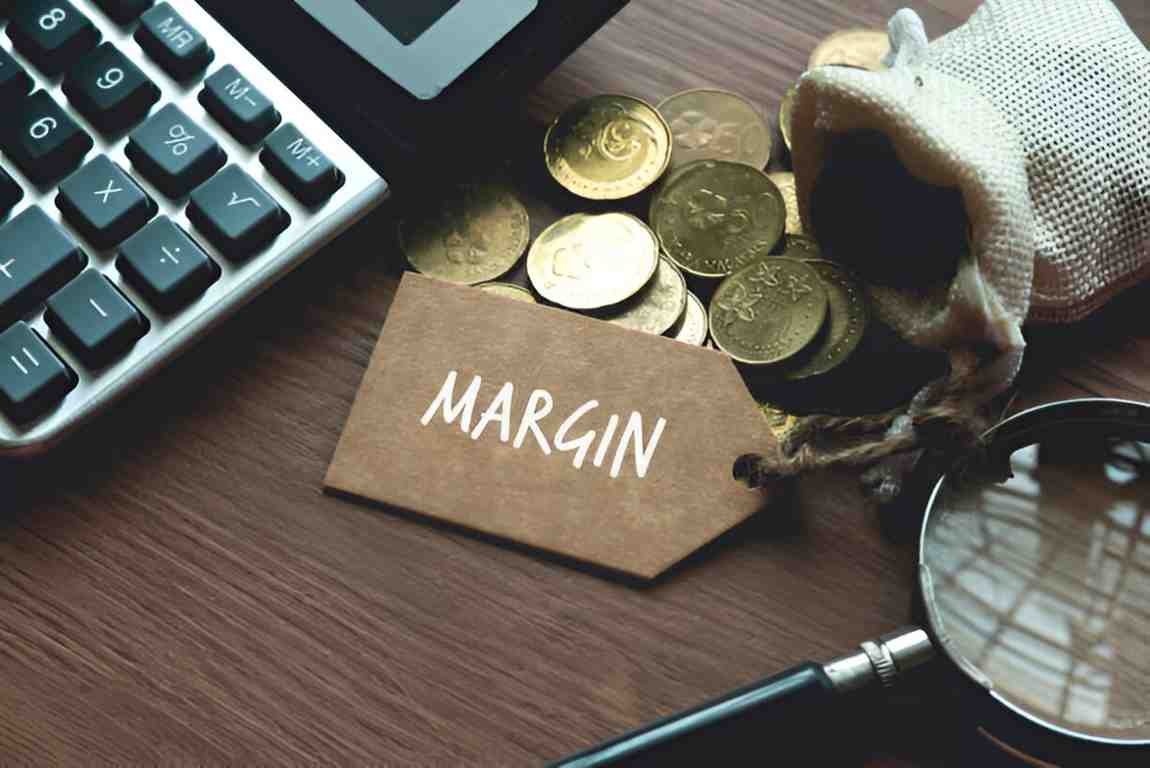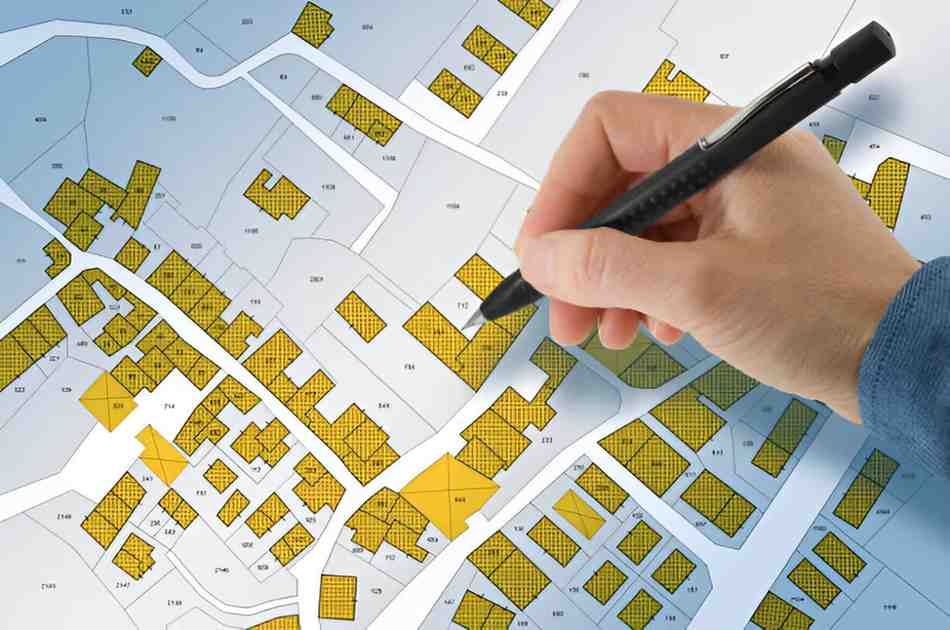Marginal cost pricing is a fundamental concept in economics and finance, shaping how businesses set prices and make production decisions. As someone who has worked in finance and accounting for years, I find this topic essential for learners who want to grasp pricing strategies, cost behavior, and profit optimization. In this guide, I will break down marginal cost pricing, explain its mathematical foundations, and illustrate its real-world applications.
Table of Contents
What Is Marginal Cost Pricing?
Marginal cost pricing is a strategy where a firm sets the price of a product equal to the additional cost of producing one more unit. The goal is to maximize efficiency and ensure that resources are allocated optimally. This approach is widely used in competitive markets, regulated industries, and short-term pricing decisions.
The Mathematical Foundation
The marginal cost (MC) is the derivative of the total cost (TC) with respect to quantity (Q):
MC = \frac{dTC}{dQ}If the total cost function is known, we can compute the marginal cost at any production level. For example, suppose a company’s total cost function is:
TC = 1000 + 5Q + 0.1Q^2The marginal cost would be:
MC = \frac{dTC}{dQ} = 5 + 0.2QThis means producing the 50th unit would cost:
MC = 5 + 0.2(50) = 15Why Marginal Cost Pricing Matters
Firms use marginal cost pricing for several reasons:
- Profit Maximization – In perfectly competitive markets, firms maximize profit where P = MC.
- Regulated Pricing – Governments may enforce marginal cost pricing in utilities to prevent monopolistic overcharging.
- Short-Term Decisions – Businesses use it to price excess inventory or last-minute sales.
Comparing Marginal Cost Pricing to Other Strategies
Not all firms use marginal cost pricing. Some rely on markup pricing, value-based pricing, or cost-plus pricing. Here’s how they differ:
| Pricing Strategy | Description | When Used |
|---|---|---|
| Marginal Cost Pricing | Price = Marginal Cost | Competitive markets, short-term |
| Cost-Plus Pricing | Price = Average Cost + Markup | Stable cost environments |
| Value-Based Pricing | Price based on perceived customer value | Luxury goods, differentiated products |
Example: Marginal Cost vs. Cost-Plus Pricing
Suppose a bakery produces cakes with the following costs:
- Fixed Costs: 500
- Variable Costs: 2Q + 0.05Q^2
Marginal Cost Approach:
MC = 2 + 0.1Q
At Q = 100, MC = 12. The firm prices each cake at $12.
Cost-Plus Approach:
Total Cost at Q = 100:
TC = 500 + 2(100) + 0.05(100)^2 = 1200
Average Cost: AC = \frac{1200}{100} = 12
If markup is 20%, price = 12 \times 1.2 = 14.4
The marginal cost method leads to a lower price, making it ideal for high-competition scenarios.
Real-World Applications
1. Electricity Pricing
Utility companies often use marginal cost pricing. During peak demand, the marginal cost of electricity rises, leading to higher prices.
2. Airline Industry
Airlines price last-minute tickets near marginal cost to fill empty seats.
3. E-Commerce Dynamic Pricing
Online retailers adjust prices in real-time based on demand fluctuations, closely tracking marginal costs.
Limitations of Marginal Cost Pricing
While powerful, this method has drawbacks:
- Ignores Fixed Costs – If prices only cover marginal costs, firms may not recover fixed expenses.
- Not Suitable for Monopolies – Monopolies maximize profit where MR = MC, not P = MC.
- Short-Term Focus – Long-term sustainability requires covering all costs, not just marginal ones.
Final Thoughts
Marginal cost pricing is a crucial tool for businesses operating in competitive or regulated environments. By understanding how to calculate and apply it, firms can make smarter pricing decisions. However, it’s not a one-size-fits-all solution—context matters.





